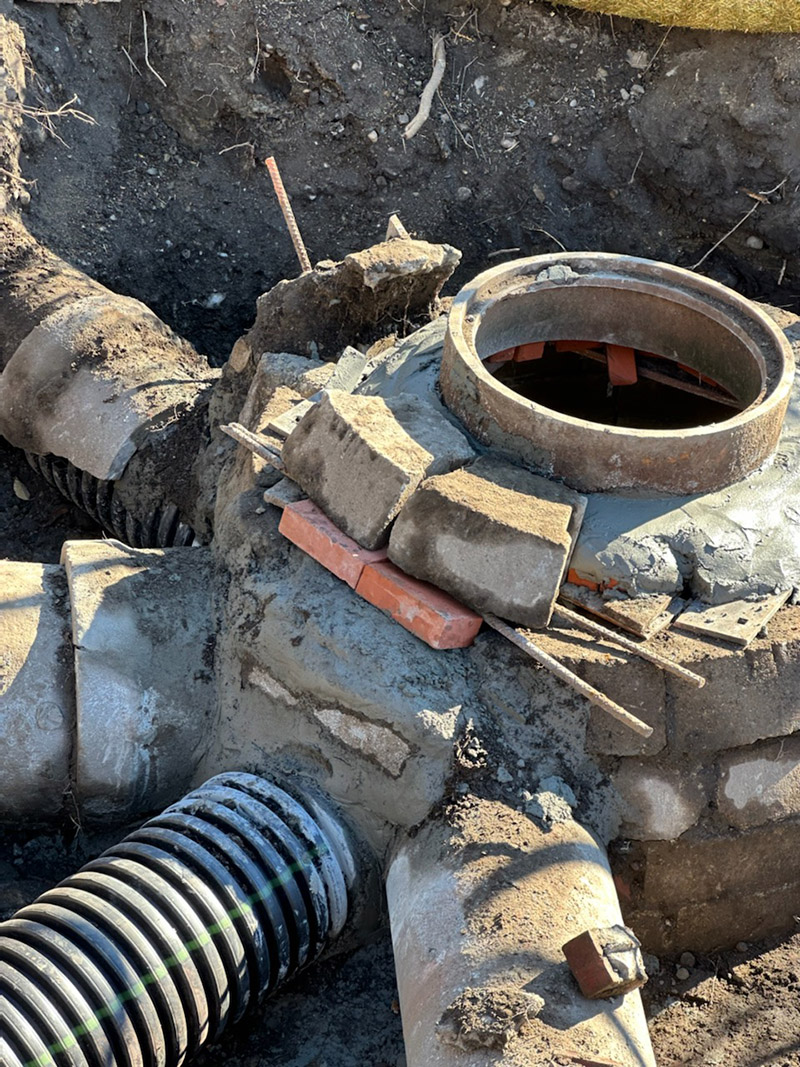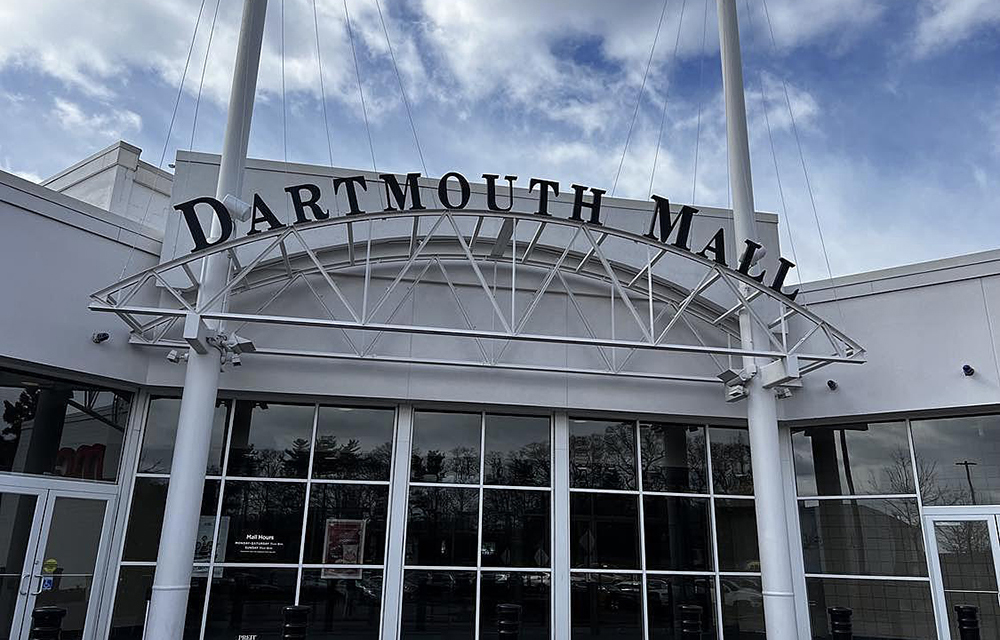Weston & Sampson: Using stormwater infiltration to improve water quality in Rhode Island - by Jim Riordan

The Woonasquatucket River begins in the swamps of North Smithfield, R.I., flows through downtown Providence, and merges with the Seekonk River at the head of Narragansett Bay. The Woonasquatucket is known as the location of the annual “Waterfire” demonstration each summer in Waterplace Park, not far from the capitol building. The Woonasquatucket River is considered to be impaired (i.e., polluted) by pathogens, heavy metals, and nutrients. Sources of pollutants include wastewater, stormwater, and historic industrial discharges. The river is also considered a significant source of pollutants to Narragansett Bay and contributes to shellfishing closures and loss of recreational resources. Although pollution abatement has resulted in a much clearer river and bay, much work remains to be done.

pictured here, needed to be custom fabricated
at DPW. “It was like an octopus,” said Salvatore.
(Photo, courtesy of Bernie Salvatore,
during construction).
Needing funding assistance to alleviate the impacts of pollutants to the Woonasquatucket, the town of North Providence sought grant moneys from the Rhode Island Department of Environmental Management through the Narragansett Bay and Watershed Restoration Bond Fund. The grant funding has helped defray the costs of implementing stormwater best management practices (BMPs) at two sites to alleviate the flooding and water quality issues in the area.
Professionals now with Weston & Sampson helped the town apply for and secure over $190,000 in grant funding to assist the town’s efforts. Design work is complete and implementation has begun –including construction of various green infrastructure BMPs along the Woonasquatucket to address nutrients.
With funds in hand, the town retained Weston & Sampson to provide construction management and oversight for the installation of a variety of stormwater BMPs at outfalls that the town owns near the Ricci School and Fells Park. The intent of these BMPs is to infiltrate stormwater runoff on site before it enters the town’s stormwater management system. Any overflow is directed back into the system. By capturing and infiltrating the runoff this way, the BMPs not only reduce the amount of runoff entering the town’s system, but they also improve water quality in the river through the infiltration process itself.

reduce the amount of pollutants entering the
Woonasquatucket and help improve water quality
there and in Narragansett Bay.(Photo, courtesy of
Bernie Salvatore).
As with many stormwater retrofits, integrating state-of-the-art BMPs can be particularly challenging. New approaches and innovative approaches must be shoehorned into old systems. “One of the catch basins, near the tennis courts, needed to be custom made. We fabricated it at DPW,” said Bernie Salvatore, public works director.
The installed BMPs will indirectly reduce the amount of runoff and associated pollutants entering the Woonasquatucket, helping to improve water quality in that way as well. They will support a reduction in flow, improve water quality, and, in the case of the Ricci School, also offer an opportunity to educate students on the importance of protecting water quality in the Woonasquatucket and elsewhere.
Bernie Salvatore said, “The addition of the stormwater infiltration system at Ricci school has been a great asset to the town and DPW. It’s eliminated some major flow concerns that were impacting recreational facilities on the school grounds. It’s also helping us to clean up the Woonasquatucket River, which is a high priority for the town.”
The BMPs at the Ricci School were successfully installed last fall and the BMPs at Fells Park will be installed this coming spring. The project doesn’t just represent an incremental step towards improving water quality in the Woonasquatucket, but it also serves as a demonstration project to provide lessons learned that can be applied in any of almost innumerable other locations along the river and other locations throughout the state. In fact, the town has drafted a stormwater master plan for the drainage area of the Woonasquatucket within its boundaries and plans to continue to implement stormwater BMPs.
Jim Riordan, LEED AP, is team leader of the planning group at Weston & Sampson, Foxboro, Mass.
PREIT to add new retail and dining options at Dartmouth Mall - Boot Barn, Lock Room by Lids, and more
Dartmouth, MA According to PREIT, Dartmouth Mall, the dominant enclosed retail destination in Southeastern Mass., will welcome the region’s first Boot Barn this fall. The nearly 15,000 s/f western and work wear retailer


Selecting the right façade installation firm - by Steven Powell

IREM President’s Message: Fostering community connections during the holiday season


.png)





.png)
